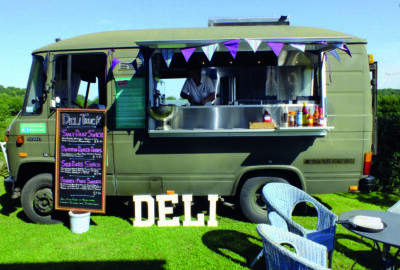Managing rising food costs is a fine balancing act between providing nutritious tasty meals for students and keeping within budget. Not one to ignore a challenge, education charity Chefs In Schools has picked up the mantle and is now incorporating the topic in their training programme for school kitchens.
Laura Mumford, head of training at Chefs In Schools says, “It’s about managing stock well, planning menus and making sure you are using up any surplus products.” Reducing food waste is key to managing costs. According to WRAP, food waste costs schools and colleges around £250m a year and eliminating avoidable waste would save 22p off an average school meal.
Better communication between the kitchen and the school’s administrative department is crucial. “You need to know how many meals will be needed,” says Louis, chef trainer at Chefs In Schools. “Meals can be over-catered because there is a fear there won’t be enough food and that comes from a position of insecurity and lack of communication. If you produce too many meals that can’t be re-used, you are likely to throw them in the bin.” Conversely, losing sight of portion control can also cause food waste and incur extra costs. “If the food cost is £1.50 and £2 worth of food is being put on the plate, that builds up over time if meals aren’t properly portioned.” says Louis.
Laura recommends having a visual guide, a dummy meal plated up which staff can copy. “This helps when hundreds of meals are being served. Portion guidelines need to be communicated to the rest of the school. People outside the kitchen don’t understand that serving a student a huge portion of pasta isn’t a good idea, even if they’re hungry, as it doesn’t lead to them eating it.”
Talking to your suppliers is essential. Brian Gardiner, Chef Development Manager at LTS Catering Services, which provides lunch to primary and secondary schools in Leicestershire says, “I negotiate prices with suppliers to get the best price. Even a penny saving on some items makes a difference. We pride ourselves that the menu is still over 75% freshly cooked food, and we are serving a well-balanced diet to our customers.”
As meat is expensive, discuss with suppliers cheaper, alternative cuts of meat you may be able to use. Top Days Nurseries, who run 32 nurseries in Dorset and Hampshire, is reportedly partnering with Eat Wild to serve venison to children in a bid to help reduce wild deer numbers and lower costs.
“Venison is lean and nutritious, and the added benefit is that it’s sustainable. We would encourage chefs who know their communities to think what they could serve students. Consider other meats that are overlooked, but may be cheaper, such as turkey. It’s always served at Christmas, but what about the rest of the year? The team may need training on using different meat products,” notes Louis. “Also, most schools have a meat-free day at least one day a week. Through our training, we encourage school caterers to look at perhaps not just one day and to consider other substitutions.”



